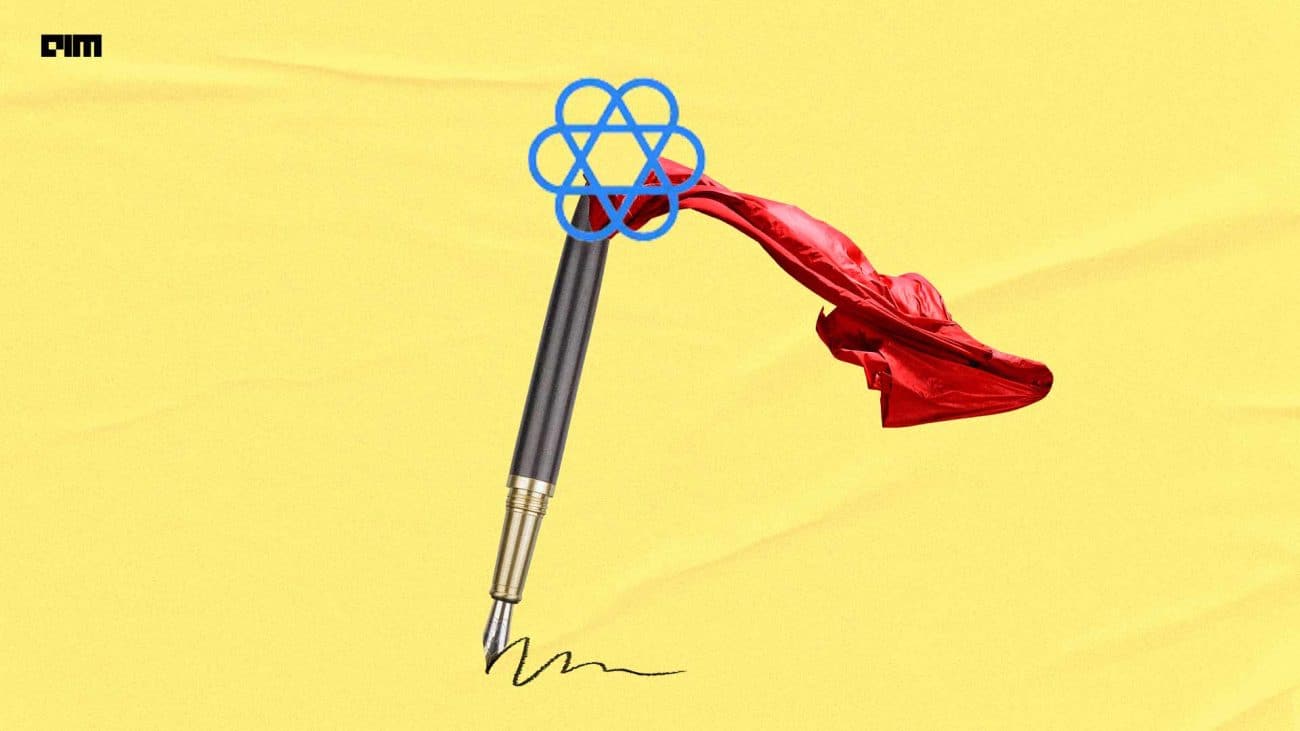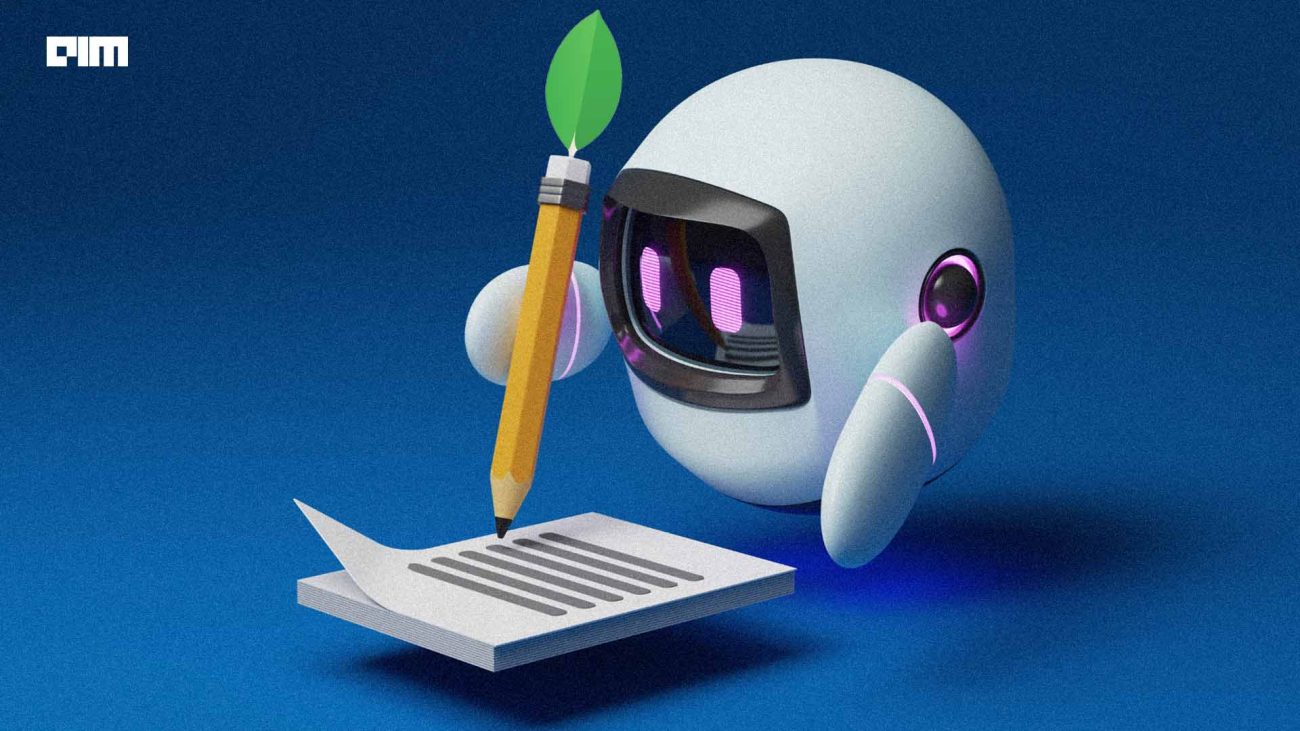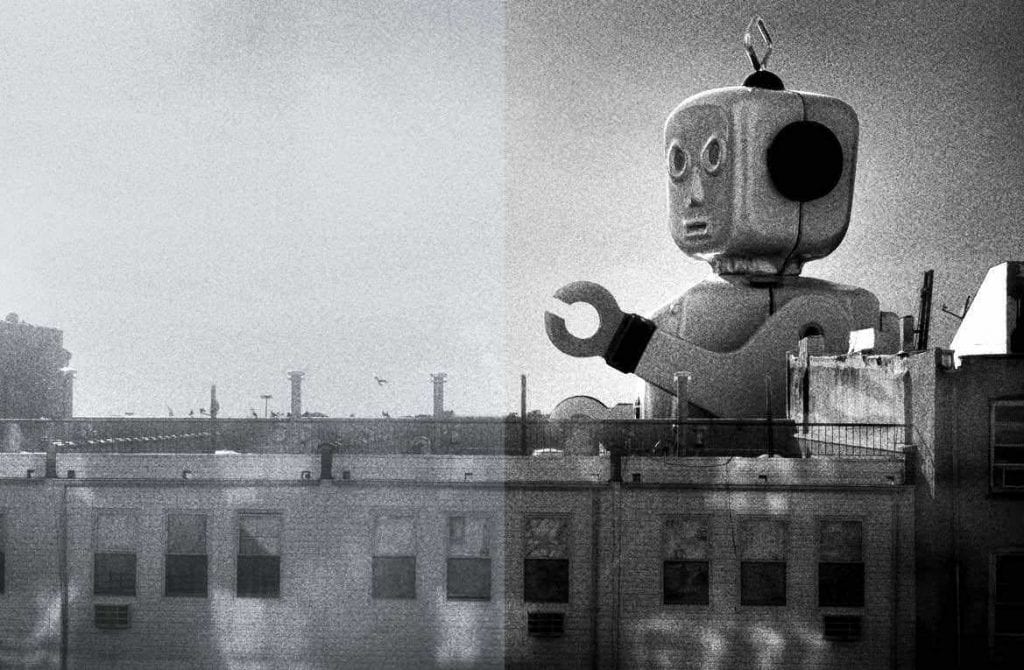|
Listen to this story
|
After journalists, marketers, graphic designers, and students, indie game developers are trying to use generative AI to speed up some parts of his game design process.
This mixture of generative AI and traditional game development tools has begun to see adoption in the mainstream game industry. From small indie developers using it to do tasks that were unavailable to them, to bigger developers using this method to add more elements to their already full worlds, generative AI is slowly changing the way studios approach game design. As games contain a large amount of art, dialogue, and music, they are sure to be one of the verticals that will be revolutionised with the rise of potent generative AI.
Generating New Worlds
On a devblog for a point-and-click game called, ‘Trafficking’, the main developer Jussi-Petteri Kemppainen has documented their journey in using Midjourney and Stable Diffusion to make art for their game. The developer has had moderate success using generative AI to create elements and backgrounds, along with concept art of characters.
Kemppainen was able to generate a turnaround sketch of the character models, which he then used to create a 3D model with Modo and Blender. This allowed him to bypass the limitation of generative algorithms, such as not being able to render a subject from all angles. According to the developer,
“On minimum the AI saved me 2 days of work on the character and 3 on the location as per my estimation. Closeups of the character are not ideal. The location is hard to art direct and can be very random. But if you accept the AI’s shortcomings and work around them, creating a full game using AI as a co-worker is perfectly possible.”
In the past, Kemppainen has also dabbled with Midjourney to create interiors for his game. The isometric camera angle of the game allows them to work with wide angle shots of futuristic locations, which Midjourney handles really well. This can then be used as a background of the playable area, with the developer going so far as to even generate specific elements separately to keep the design of the game consistent.
This indie dev is not the only one trying to bring AI-powered game development to the mainstream. Justin Roiland, the creator of Rick and Morty, released a game titled, ‘High On Life’, late last year. The game included artwork generated by Midjourney, which was used to add flavour to the myriad alien worlds explored by the player. Speaking to Sky News, Roiland stated,
“It makes the world feel like a strange alternate universe of our world, and we use it to come up with weird, funny ideas. I don’t know what the future holds, but AI is going to be a tool that has potential to make content creation incredibly accessible.”
An AI-Powered Game Dev Ecosystem
Along with mainstream generative AI, the industry has also come up with a variety of generative solutions for other commonly-faced problems in game design. Creating and deploying 3D models in games is extremely resource-intensive, but generative models like NVIDIA’s ‘Get3D’ and Autodesk’s ‘Clipforge’ can generate 3D models from a text prompt. OpenAI also recently released ‘Point-E’, which can directly generate 3D point clouds which can be imported into a 3D workspace like ‘Blender’.
NPCs, or non-playable characters, require a lot of resources, as they not only need to be voice acted but also have various behavioural traits. A company called ‘inworld‘ is bringing generative AI to this gaming mainstay, allowing developers to create AI characters with different personality traits. While top game engines, like Unreal Engine, already have AI systems in place to generate believable NPCs, the generative approach is sure to save a lot of resources in the game dev process.
While code-based procedural generation has become a mainstay of game development today, it is likely that it will be replaced by generative techniques. Generative AI has proven itself to be very capable of generating media in different art styles, implying that game studios can leverage them to work on stylistically-different levels with minimal resource spend.
Procedural generation refers to a set of algorithmic techniques that can be used to create landscapes, 3D objects, animations, or even whole levels and worlds. Famous games that use proc-gen include Minecraft, No Man’s Sky, Dwarf Fortress, and more.
In addition to directly implementing AI in the game development process, generative AI can also help non-artists explore concepts effectively. By generating an image that fits their vision of what the project can look like, game developers can communicate with concept artists and 3D designers with greater efficacy. Creating realistic and good-looking animations is also a huge pain point for game studios. Now, generative AI can also directly capture animation straight from a 2D video, cutting down on long mo-cap shoots using full-body suits.
Generative AI holds the capability to change the way that game studios approach creating a game from scratch. While the games currently in development might not benefit from the generative AI wave, games that are in development stages today definitely will. This means that the next generation of games will most likely be created side-by-side with AI.




















































































